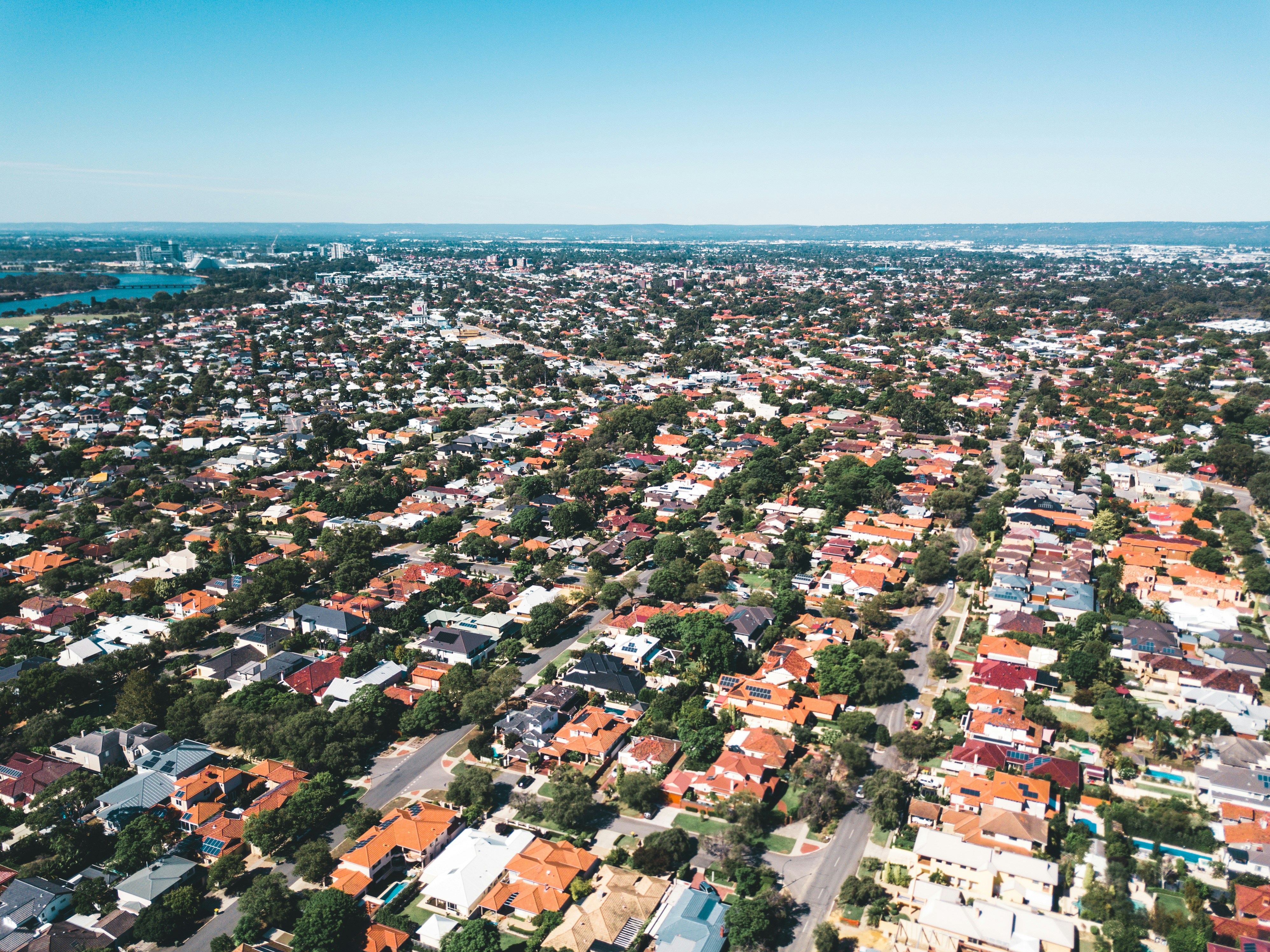Tuesday’s rate hike was hardly a surprise for most market watchers. It marks the 4th increase to the cash rate since May 5.
The August decision coincides with fresh data from CoreLogic, which showed July was the 3rd consecutive month of easing property prices.
Prices at a glance: Houses

Prices at a glance: Units


- Economists are forecasting a return to less aggressive 25 basis point rises, with some predicting this to happen as early as September.
- Rising interest rates are having a less-publicised impact on buyers: lower borrowing capacity.
- The median house price of Canberra’s inner south has surged by 13.9%, topping $2 million - making it the most expensive area to buy a house in the nation’s capital.
- Treasury forecasts inflation to reach a 32-year high of 7.75% in the December quarter this year.
- This is higher than the RBA’s prediction of a 7% peak.
- However, a recession isn’t expected.


On a national level, the median dwelling price in July declined by -1.3% and -2.0% over the quarter, according to the latest CoreLogic data.
Compared to last month:
- the monthly decline rate of -1.3% is twice as fast as the -0.6% seen in June.
- the quarterly decline rate of -2.0% is 10x faster than the -0.2% in June.
The July data comes as the RBA decided to lift the cash rate by 50 basis points on Tuesday.
Annual median price growth across the country dropped to 8% in July, down from the cyclical peak of 22.4% in January.
Prices across the combined regional cities fell for the first time since August 2020. However, at -0.8%, the regionals are still showing a slower decline than that of capital cities.
In June, median dwelling prices decreased in 3 capital cities. In July, they decreased in 5 capital cities.
Capital cities where median dwelling prices fell

Darwin was the strongest overall performer, recording growth of 0.5% in July.
Adelaide has yet to record a monthly fall in median dwelling price this year.
Sydney property prices continue to bear the brunt of the market downturn, dropping by -2.2% over the month and -4.7% over the quarter.Technically, Sydney and Melbourne are still recording annual growth.
- However, Sydney’s annual growth slowed from 5.9% in June to 1.6% in July.
- Melbourne’s annual growth eased from 3.1% in June to 0.3% in July.
Unit values are proving to be more resilient than houses in the current downturn.
- In the combined capitals, unit prices fell by -1.0% in July while house prices fell by -1.5%.
- In every capital city except Hobart, units outperformed houses.
- In the combined regionals, unit values decreased by -0.3%. The rate of decline for houses was triple that, at -0.9%.

IS IT STILL A GOOD TIME TO BUY?
Many looking to buy are understandably feeling cautious about rising interest rates. But it’s important to note that just 2 months ago, markets and economists were broadly predicting the cash rate to peak at 4%.That has now dropped to 3.6% and some don’t believe there will be a need for the cash rate to be taken above 3%.Regardless of what the peak will be, the general consensus - shared by CBA - is that rate cuts are expected to arrive as early as the 2nd half of 2023. So any upcoming rate hikes are likely to be less aggressive than the 50 basis points hikes we’ve seen.All this suggests that property prices will find a floor as we draw closer to rate cuts late next year. This means buyers have a short window of possibly less than a year to benefit from cooler market conditions and reduced buying competition.
IS IT STILL A GOOD TIME TO REFINANCE?
If you’re on a variable rate or if your fixed rate is coming to an end, it’s likely that you’ll feel the impact of the recent rate hikes. It could be wise to shop around for a better rate sooner rather than later.While banks are lifting interest rates in response to cash rate movements, that doesn’t mean that competition in the home loan market has eased. Chances are your lender won’t want to lose business.Take note of what your bank and its competitors are doing - this information will be valuable for negotiations.
If you’re in the middle of a fixed rate term, you probably still have some time before you need to refinance. However, it’s still a good idea to keep a close eye on the market, so you can ask for a better deal when the time comes.
AFFORDABILITY CHALLENGE COULD SHIFT TO ONE OF SERVICEABILITY
Property prices may be softening, but the combination of rising interest rates and high levels of mortgage debts poses another familiar issue for property investors: serviceability.Banks are increasingly cautious about lending to borrowers with high debt-to-income ratio and/or those with low deposits. This was already an issue last year with the increased serviceability buffer.Surging interest rates mean property investors aren’t just facing higher costs of servicing loans. Anyone looking to buy may also have to jump through more hoops to ‘prove’ that they can afford another mortgage for the long haul.












